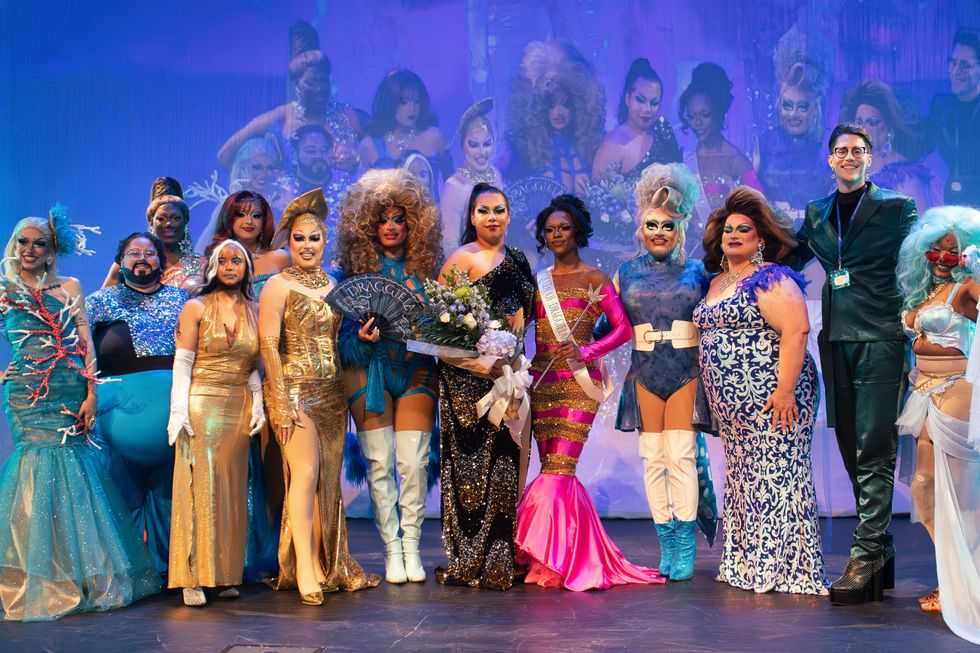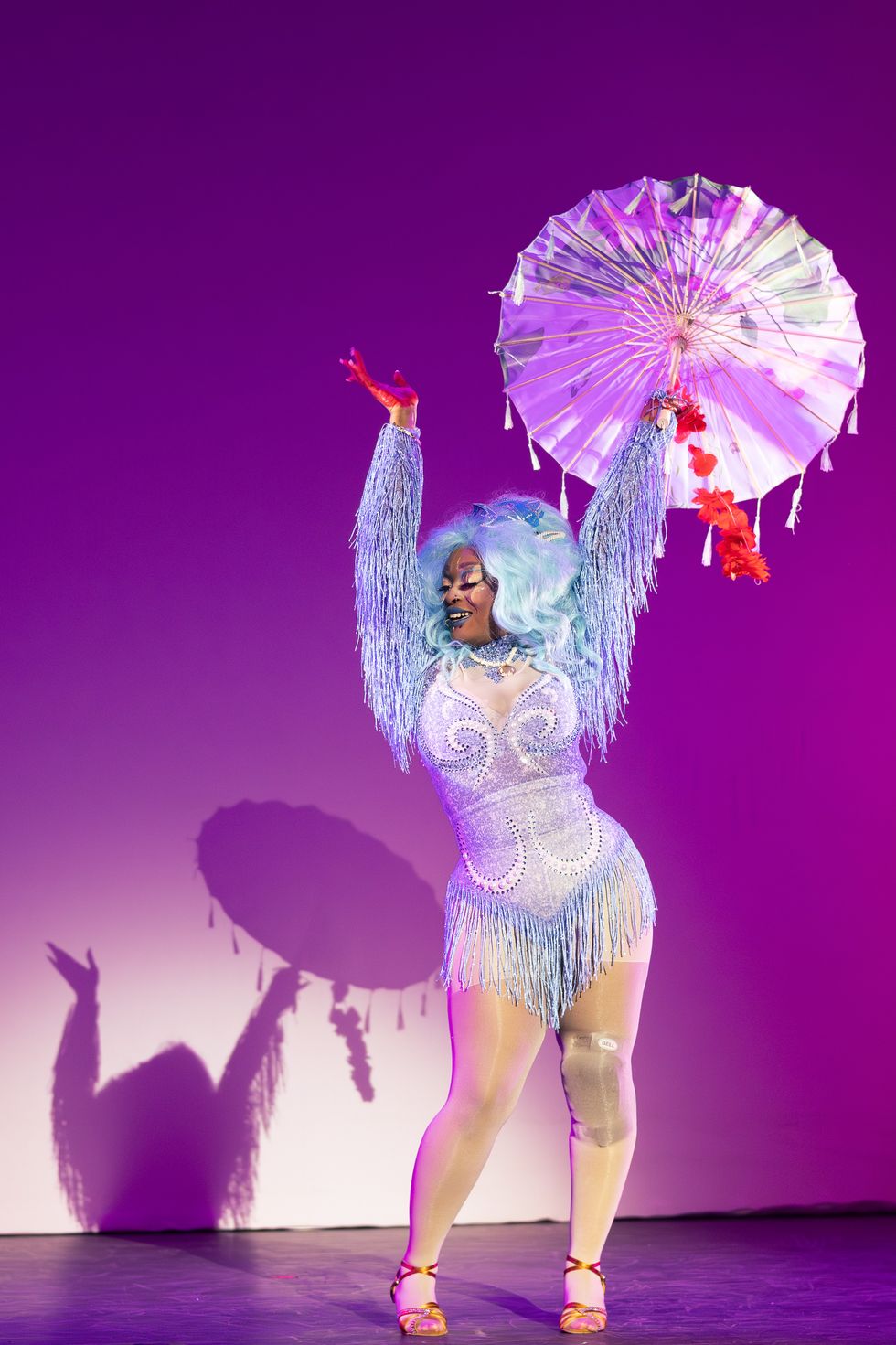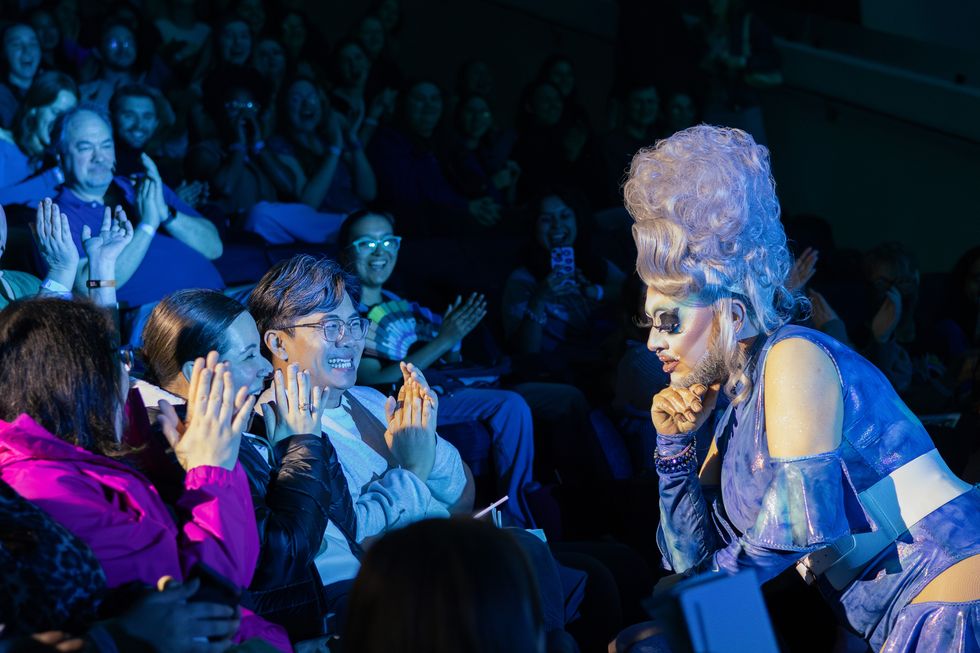For most of the year in New Orleans, the only weather issues we have to deal with are occasional afternoon monsoons and scorching humidity. The generally short-lived winter weather came a bit early this year, though, and since we in New Orleans have no idea what layering means, that’s usually our cue to huddle up in bars and living rooms.
Despite that, we were pleased to join a sizeable crowd of people turning up for New Orleans GOODFest at the outdoor Music Box Village venue. As photographers, we couldn’t be more excited about the space.
The space itself was reason enough to travel outdoors: a network of treehouse-type structures that themselves are musical instruments. Saws, chimes, and whirring turbines cohabitate in an almost ghostly neighborhood of small music huts that together function as a self-referential sculptures of the community inherent in music, a collaborative creation they’re themselves capable of.
The event was put on by GOOD and presented by Pixel, so we were even more excited about the opportunity to attend the event as Pixel photographers and put Google's new phone to the test. Tasked with capturing the night through the phone’s new camera, we immediately started exploring the unique architecture of the Music Box Village until the show started.
Familiar with the work of the evening’s featured artists--Gogol Bordello, TANK of Tank and The Bangas, and Nick Zinner of Yeah Yeah Yeahs--I was excited to hear what new and unfamiliar sounds they would draw out of these bizarre stationary instrument-structures. TANK started the evening off with a spoken-word version of Tank and the Banga’s piece “Human” that was so powerful that the crowd was immediately hushed. I was pleased to see that even in the romantically dim light of the performance space, the Pixel I was trying out let me capture high quality shots of this charged moment as well as the rest of the performance throughout the dynamic performance space.
After TANK’s spoken-word, the main event was signaled by Gogol Bordello lead vocalist Eugene Hütz’s iconically guttural voice as he emerged from a hut of wind chimes in an outfit reminiscent of the Old West--true to the piece’s billing as a “Dada Western,” a centennial homage to the art movement. What followed was a pretty magical and mobile combination of movement and music that saw Hütz and the rest of the performers travel from structure to structure telling a quite recognizably Western drama. The Pixel came in handy again here: it was really exciting to see all the details of the structures and costumes translate so well into photograph format.
With Gogol Bordello’s signature gypsy rock musical style (that, save for a couple guitars, came to life solely through the Music Box Village’s structural instruments clanging, banging, shaking, and whirring) the complete piece told an optimistic story of collaboration, community, beauty, and humanity. And if only for that hour, the surprise cold front I’d shied away from just hours before didn’t seem such a big deal. That performance and that venue generated its own intangible type of warmth that I was ecstatic to have been a part of.















 Let us all bow before Gary, the Internet's most adventurous feline. Photo credit: James Eastham
Let us all bow before Gary, the Internet's most adventurous feline. Photo credit: James Eastham Gary the Cat enjoys some paddling. Photo credit: James Eastham
Gary the Cat enjoys some paddling. Photo credit: James Eastham James and Gary chat with Ryan Reed and Tony Photo credit: Ryan Reed
James and Gary chat with Ryan Reed and Tony Photo credit: Ryan Reed


 Rock deterioration has damaged some of the inscriptions, but they remain visible. Renan Rodrigues Chandu and Pedro Arcanjo José Feitosa, and the Casa Grande boys
Rock deterioration has damaged some of the inscriptions, but they remain visible. Renan Rodrigues Chandu and Pedro Arcanjo José Feitosa, and the Casa Grande boys The Serrote do Letreiro site continues to provide rich insights into ancient life.
The Serrote do Letreiro site continues to provide rich insights into ancient life.

 The contestants and hosts of Draggieland 2025Faith Cooper
The contestants and hosts of Draggieland 2025Faith Cooper Dulce Gabbana performs at Draggieland 2025.Faith Cooper
Dulce Gabbana performs at Draggieland 2025.Faith Cooper Melaka Mystika, guest host of Texas A&M's Draggieland, entertains the crowd
Faith Cooper
Melaka Mystika, guest host of Texas A&M's Draggieland, entertains the crowd
Faith Cooper


